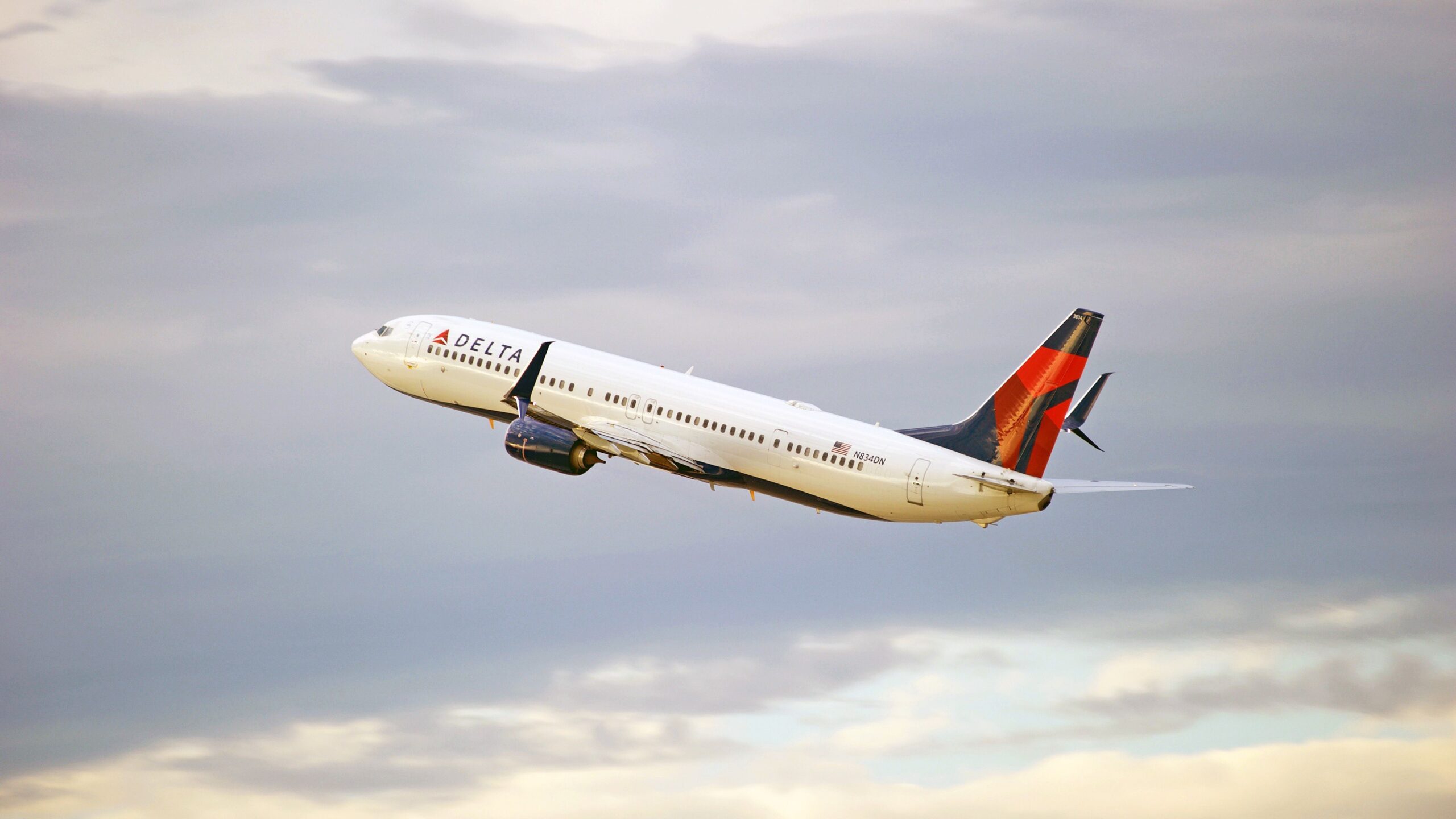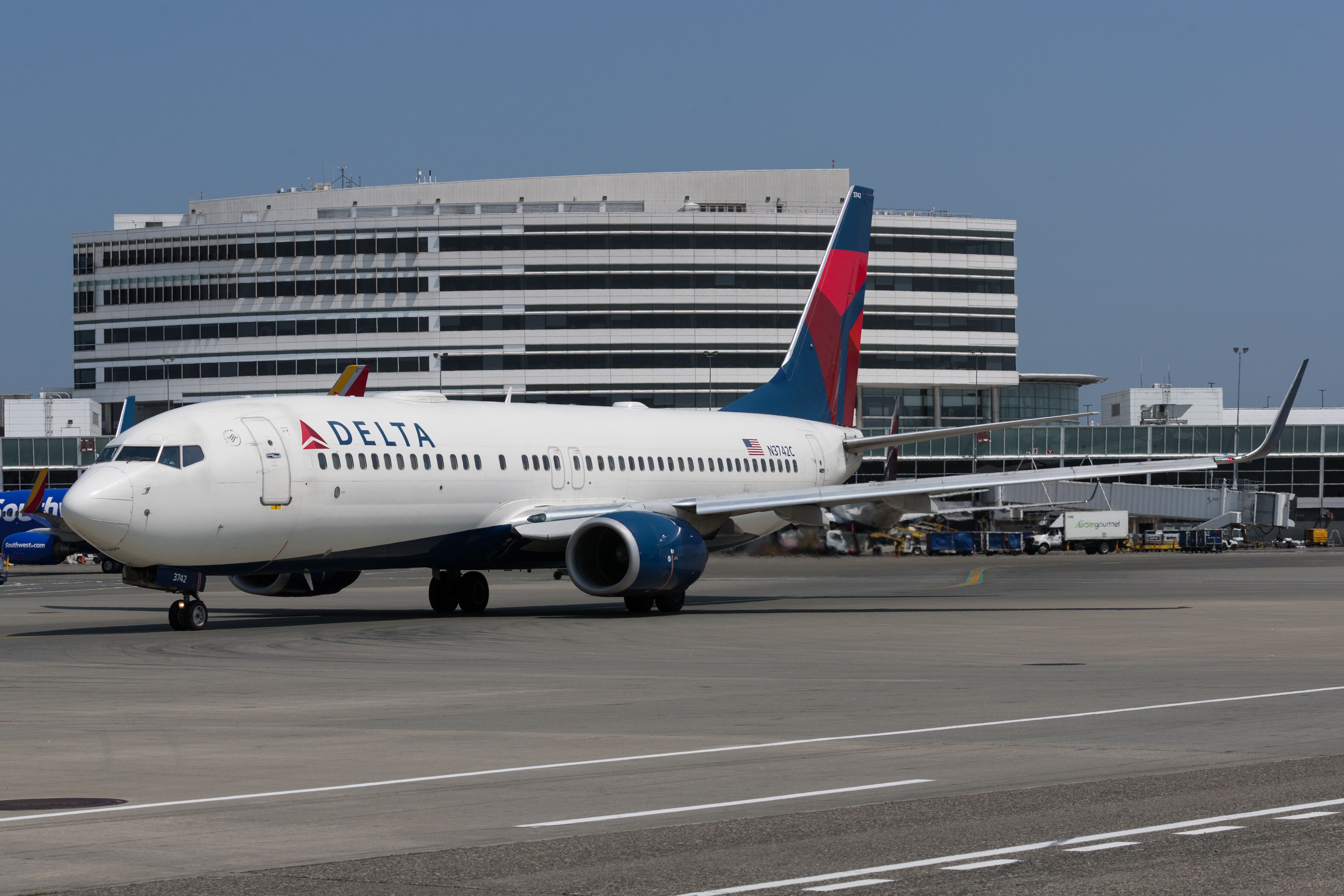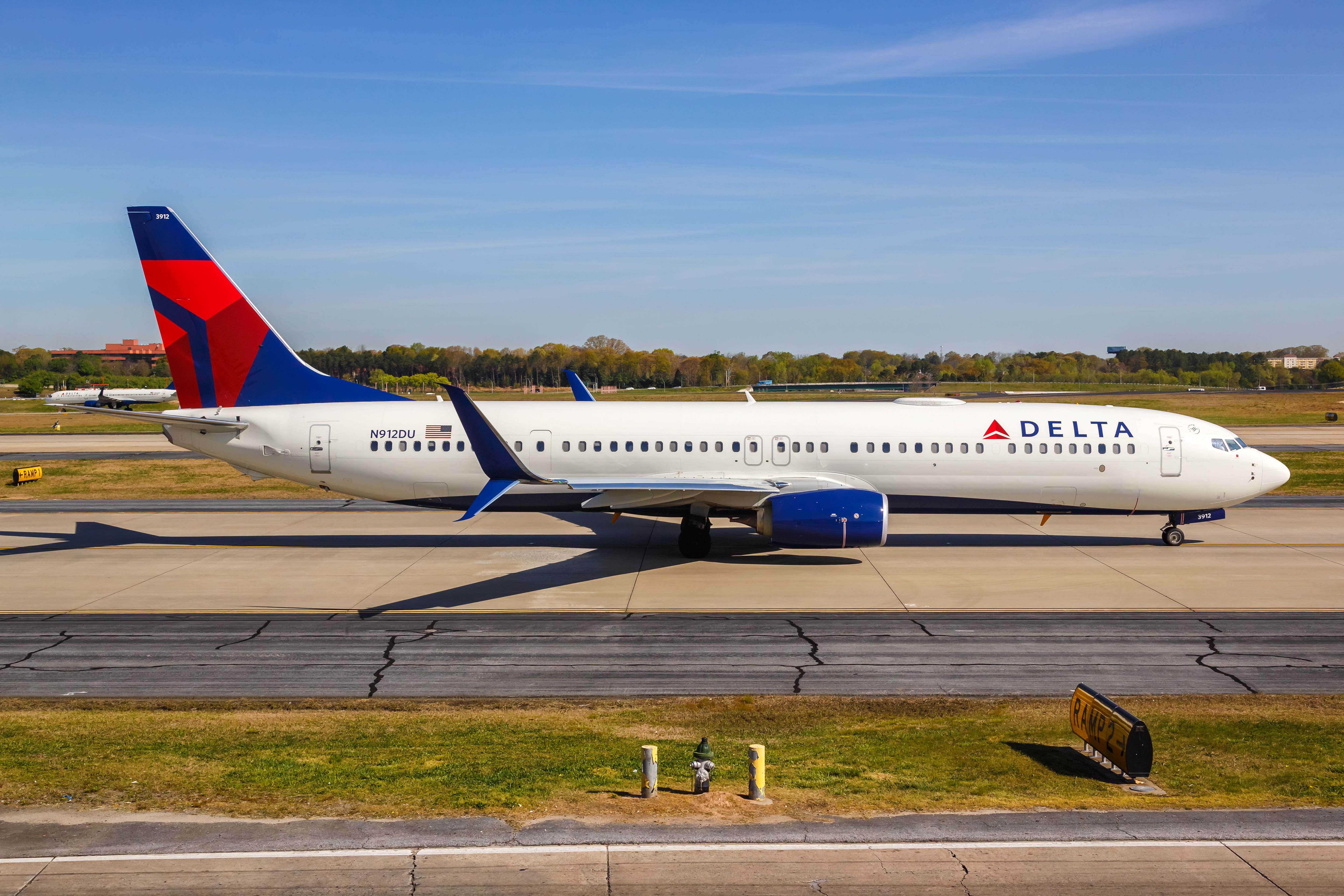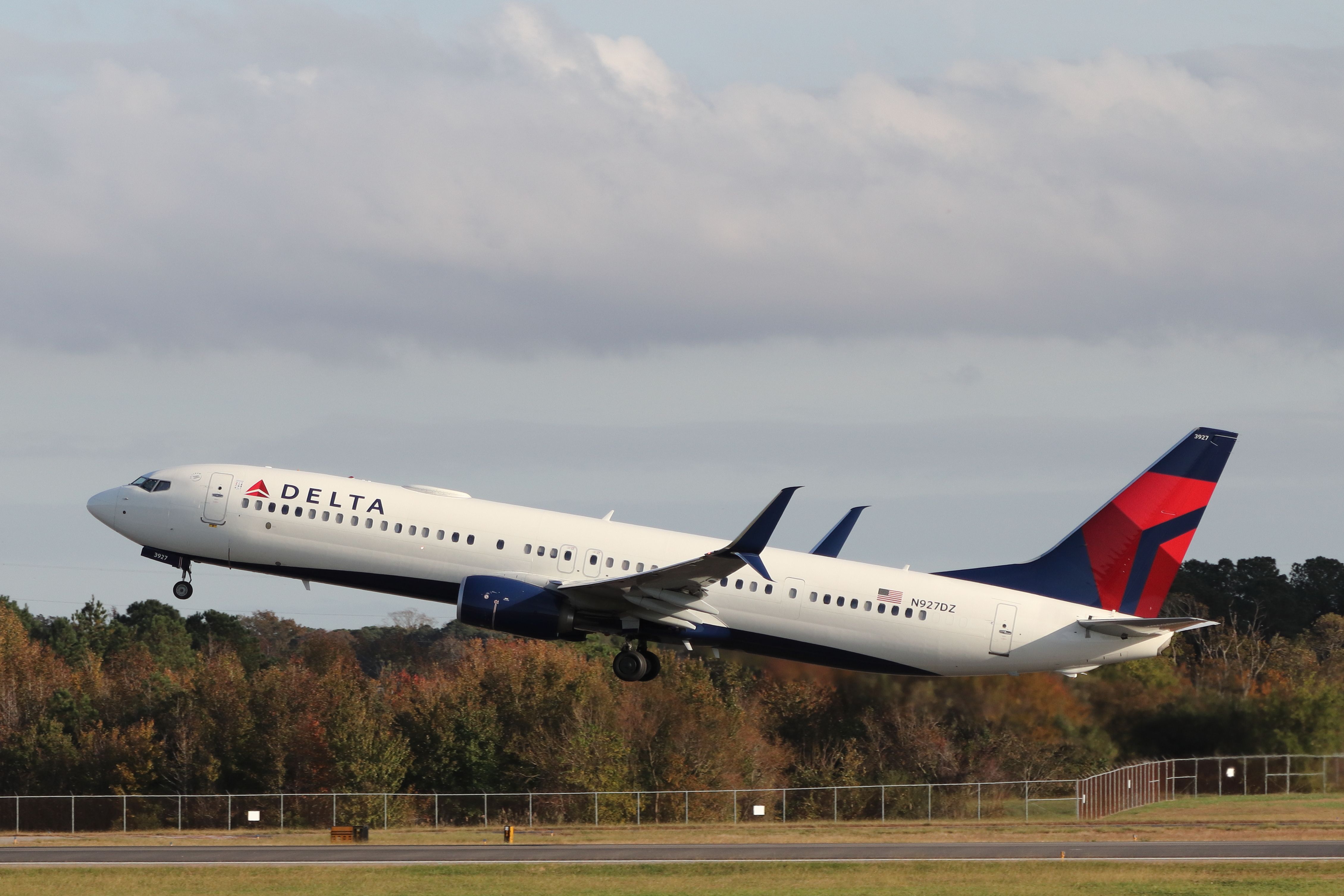More details have emerged about the recent Delta Air Lines flight that developed a cabin pressure issue. While the pilots managed to quickly turn around and successfully land the plane, there are now reports of some passengers on the aircraft requiring medical assistance upon landing due to bleeding noses and ears.
Passengers suffer from bleeding ears and nose
On September 15, a ![]() Delta Air Lines
Delta Air Lines
flight from Salt Lake City to Portland had to turn around not too long after takeoff when pilots discovered a pressurization issue with the Boeing 737-900ER.
The aircraft landed safely
, and another plane was arranged for the passengers to fly to their destination.
Photo: Brandon Farris | Shutterstock
However, it has now emerged that many passengers suffered from bleeding nose and ears along with headaches due to the pressurization problem. According to KSL TV, one of the passengers felt that somebody was stabbing her in the ear. She grabbed her ear, and when she pulled her hand back, she could see blood on it. Another passenger added,
“I looked over at my husband, and he had both of his hands over his ears, you know, kind of leaning forward. I looked about a row behind me, over on the other side of the aisle, and there was a gentleman that clearly had a very bad bloody nose, and people were trying to help him.”
Photo: Markus Mainka | Shutterstock
When the plane arrived at the airport, paramedics were waiting for the injured. According to the Associated Press, at least 10 people were identified who needed medical assistance, and those who suffered from bleeding were also advised to visit the hospital for further evaluation. A Delta spokesperson was quoted as saying,
“We sincerely apologize to our customers for their experience on flight 1203 on Sept. 15. The flight crew followed procedures to return to SLC where our teams on the ground supported our customers with their immediate needs.”
The Federal Aviation Administration (FAA) has launched an investigation into the incident.
About the aircraft
According to ch-aviation, the aircraft involved in the incident is a 5.6-year-old Boeing 737-900ER registered N916DU, delivered to Delta in January 2019. As of May 2024, it has accumulated more than 17,000 flight hours across 6,705 flight cycles.
Photo: Trevor Howard Jones | Shutterstock
Delta Air Lines operates a diverse fleet of aircraft of both Boeing and Airbus widebodies and narrowbodies. The Boeing 737 fleet forms a significant portion of its narrowbody fleet, of which more than 160 are B737-900ER.
Aircraft decompression
N916DU was fixed and eventually put back into service. While the FAA’s investigation will reveal the exact cause of the cabin pressure issue, such incidents are not unheard of. An optimal cabin pressure inside an aircraft is required to allow passengers to breathe easily and also to ensure the structural integrity of the plane.
An aircraft could suffer from a slow decompression, where warning signs could be minimal as air escapes slowly, and people might feel sleepy. A rapid decompression, however, often takes place when there’s structural damage to the aircraft and air is sucked out rapidly.
Photo: M101Studio | Shutterstock
In both cases, oxygen masks often drop in the cabin, helping the passengers to breathe until the plane can be lowered to a suitable altitude. Simple Flying has done a detailed analysis of this in the article below.




